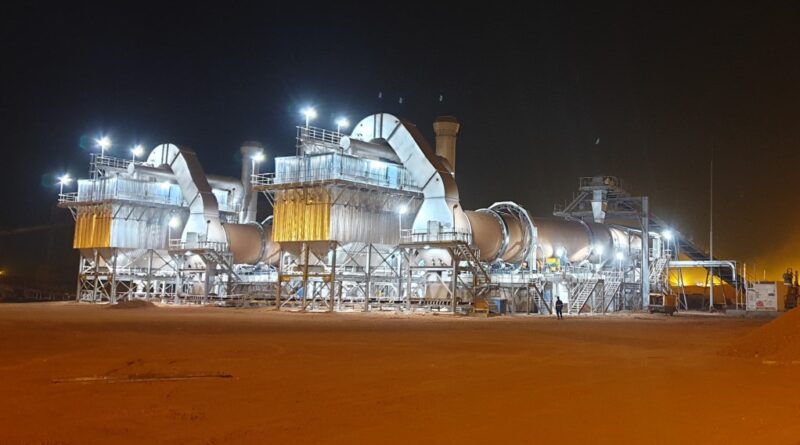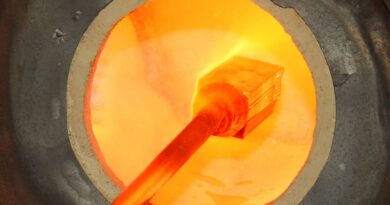Insimbi: refractory segment felt the “brunt” of the pandemic
Insimbi has reported that Group revenue increased by 2% from R4,8 billion to R4,9 billion for the financial year ended 28 February 2021. This increase is attributable to accounting for a full year of the Treppo Group. The growth has however been offset by the significant loss of income as due to Covid19 lockdowns. Gross profit however increased by 9% from R414 million to R453 million as a result of improved margins.
Insimbi provides the local and export steel, aluminium, cement, foundry, plastics, paper and pulp industries with resource-based commodities like ferrous and non-ferrous metal and alloys, as well as refractory materials, by integrating the supply, logistics and technical support functions.
Operating profit of R114 million was achieved, compared to R94 million in the previous year. The savings on variable costs in the lockdown period, along with significant cost-saving measures implemented by all operations, resulted in an increase in operating expenses of only R6 million, or 2%, this despite the inclusion of Treppo group for a full year.
The ferrous segment supplies raw material inputs to the steel and stainless-steel industries. Considering the impact of the various levels of lockdown on these industries (conservatively 6 to 8 weeks of plant shutdowns), the growth in revenue and profitability in the current year is exceptionally pleasing and it is attributable to the inclusion for a full trading year, of the Treppo Group which was acquired in November 2019.
This acquisition has placed Insimbi amongst the leaders in its market for recycled ferrous metal and has contributed significantly to the groups’ increasing local, regional and global footprint and diversification.
The ferrous segment was also stimulated by improved ferrous metal prices in the second half of the financial year during which iron ore prices increased by 40%. This segment is geared towards export, but as a result of legislative amendments post lockdown, Insimbi has been unable to export any ferrous metal and is only able to supply into the local market, which is at a significant discount to export parity.
Insimbi remains hopeful that with the planned introduction of export tariffs mooted for later this financial year, that the company will again be able to export some of its material.
The non-ferrous segment performed well in its target markets including the export, secondary aluminium, automotive, and foundry industries. Major contributors, including copper and aluminium based non-ferrous metals, recovered from 5 to 10-year price lows in the previous financial year to near record highs during the second half of the financial year and this also provided some welcome stimulus to this segment.
This segment is definitely starting to benefit from the growing global trend to move to eco-friendly battery operated transportation and we do not expect this to reverse or slowdown in the short term.
The refractory segment felt the “brunt” of the pandemic the most within its portfolio but still performed well under the circumstances. The rotary kiln offering of this segment in particular, had its best year ever. Unfortunately, this was tempered by a significant decline in supply of refractory linings and technical support to the PGM and steel industries.




